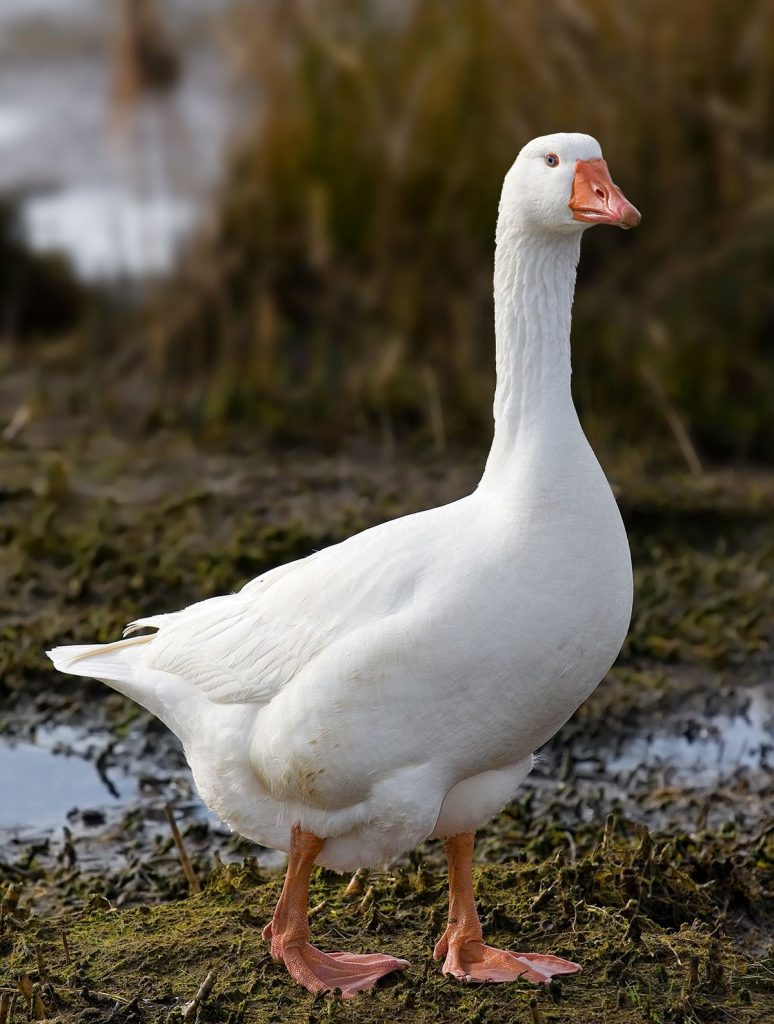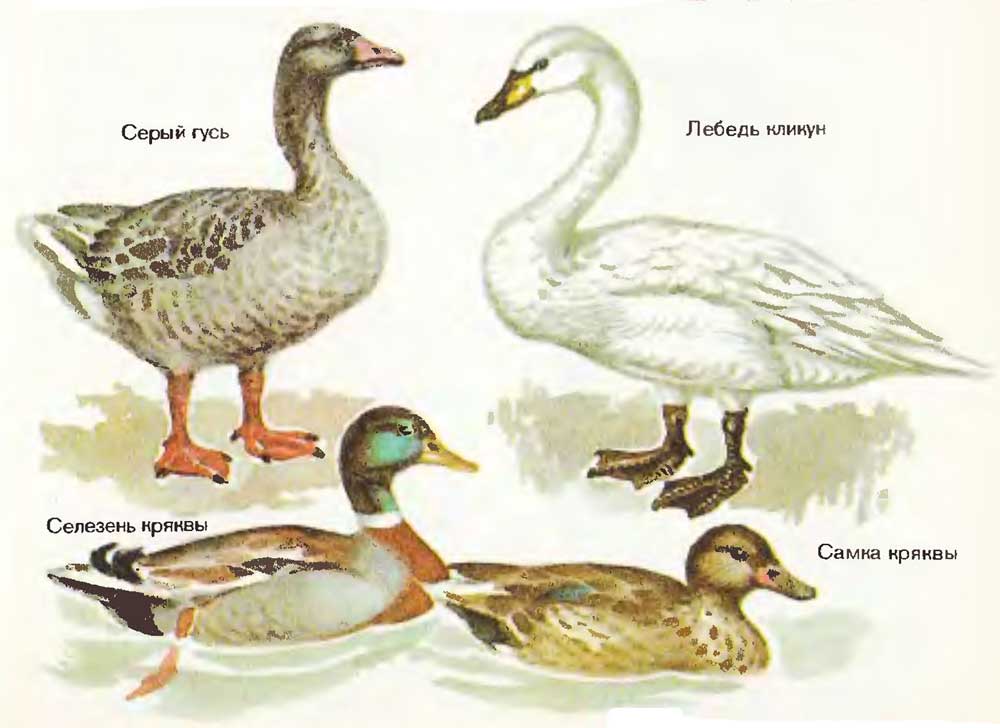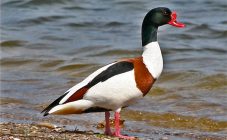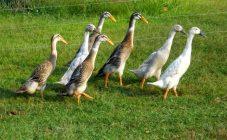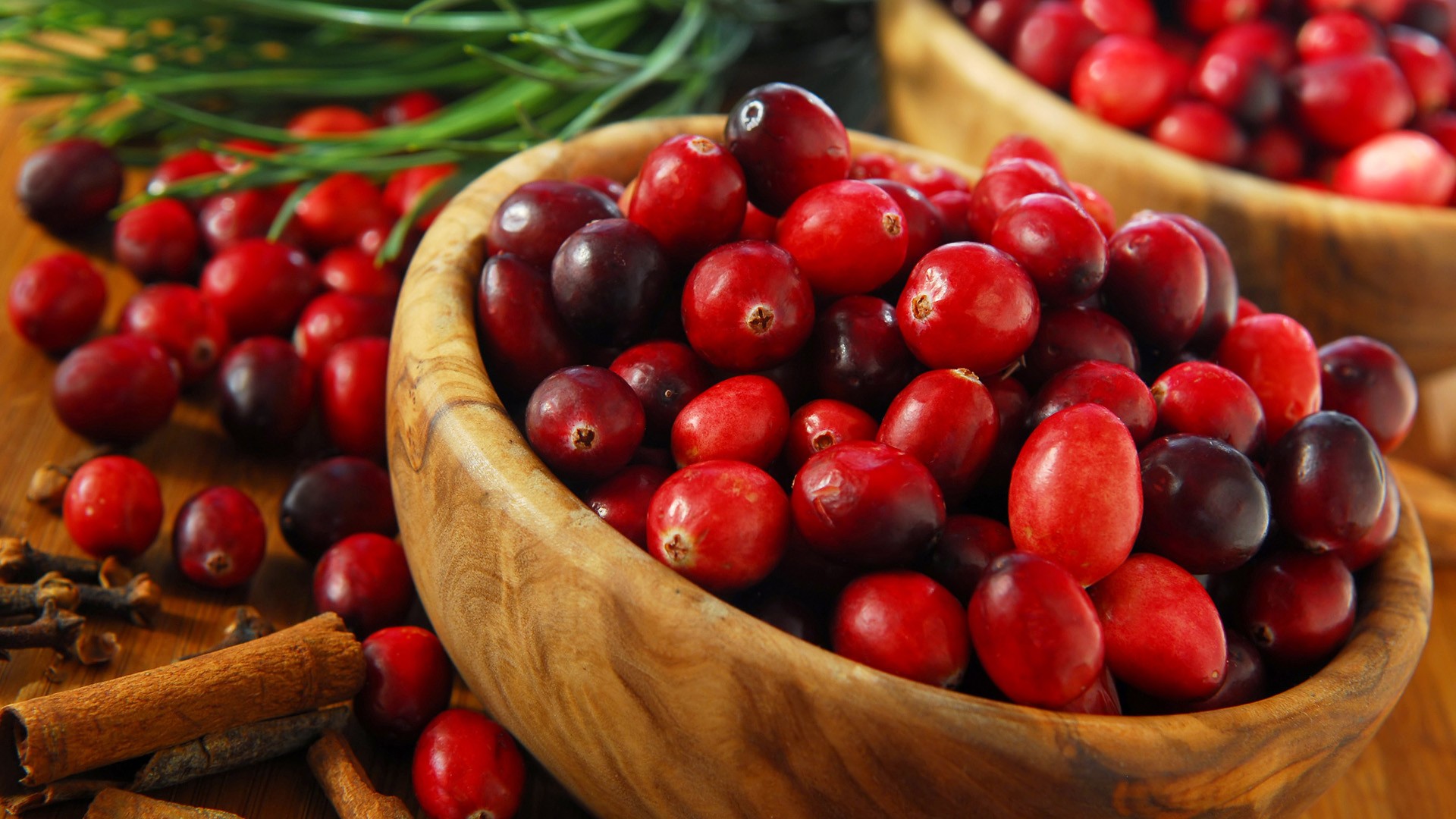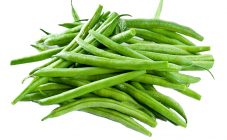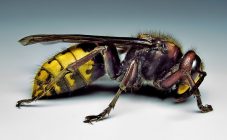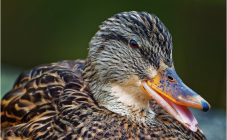Content:
Since ancient times, man has tamed some species of birds, including ducks and geese. They have external similarities, so a novice farmer needs to learn how to distinguish between these birds.
Description and differences
Ducks and geese belong to the same bird family. These animals spend most of their life on the surface of the water, so they have little difference in body structure. To understand this difference, you need to understand the description of each type of bird.
What a goose looks like:
- Weight in the range of 2.5-4 kg. The body length reaches 0.9 m, and the wingspan is 1.8 m. The bird is covered with gray, white or gray-brown feathers. There are specimens with mixed plumage. But such birds are quite rare. On farms, white-fronted or white-necked animals are bred.
- The legs of the goose are colored orange, and a membrane is stretched between the toes. This type is distinguished by a proud posture due to the attachment of the legs to the middle of the body.
- The beak has a small nail, and small teeth are visible on it inside. It has the same color as the legs.
- The neck of a goose is of medium length.
- The goose is inferior in size to the gander. In males, a bony tubercle grows on the beak.
The description of the ducks is as follows:
- They are of medium size. Males weigh 3 to 4 kg and females 2-3.5 kg. If the bird is poultry, the body length can reach 0.63 m, and its wild relative grows no more than 0.5 m.
- They have plumage of various colors, but all species have a color "mirror" on the wings. Females are speckled, brown or gray in color, and drakes have bright plumage.
- Almost all types of ducks have yellow feet. They have webbing and are attached to the lower third of the body. Therefore, they have a characteristic manner of movement - when walking, they roll over from side to side.
Goose and duck - differences:
- Despite the presence of good flight feathers in birds, geese are capable of long flights, and in ducks they fly a little worse.
- In appearance, these waterfowl are easily distinguished by the shape of their nose. In a goose it is pointed, and in ducks it is wide and flat. The colors of the beak are also different.
- The difference between a goose and a duck can be seen in the sounds they make: the first cackle and hiss if they feel danger, and the second quack.
- Some farmers are trying to distinguish between these animals for nutrition. After all, geese prefer cereals, various berries and seeds, greens, although some of them consume insects and vertebrates. And the duck diet consists of plants living in water and various spineless animals.
- Geese live in stable pairs. The goose can lay 6-12 eggs. She protects and trains her offspring. Ducks create a family for only one season. They hatch up to 13 eggs and then raise their own ducklings.
- Despite the similarity of habitats, geese prefer to settle by the sea, in swamps, near lakes. Ducks often choose rivers with reed thickets and ponds.
It is quite easy to recognize them correctly, you only need desire.
Goose and swan, description and differences
These birds are related species. Both species are waterfowl. They prefer to settle near the seashore or swamps. They feed on vegetation.
Of particular interest is the description of the swan:
- The bird is quite large. Her body weight ranges from 10 to 23 kg. The smallest subspecies weighs about 6 kg, and its wingspan reaches 0.55 m.
- Paws are short, awkwardly waddling when walking from side to side. This feature makes it possible to determine that the bird is waterfowl.
- Swans fly over long distances, of the order of several thousand kilometers.
- The nose of the waterfowl is red. The beaks are yellow. The swan's beak is always directed downward.
- The neck is curved. Its length allows the swan to get food from great depths.
- There are many types of swans with different colors. There are white, gray, black birds. All of them are listed in the Red Book.
- These waterfowl are quite aggressive. On their territory, they only tolerate a constant partner and chicks. It is impossible to tame them.
- Juveniles, before reaching puberty, are painted gray or brown on the back, and their abdomen is white.
What is the difference between a goose and a swan:
- The second bird looks visually more graceful. Her neck is longer, and she is gracefully arched.
- There is a difference in the size of animals. The swan is larger than a goose and therefore weighs more. It has a wingspan of about 2 m.
- Geese are polygamous birds. And swans are monogamous species.
- You can distinguish a swan from a gander by the sounds they make. The former can hiss, trumpet, emit something in the throat in the form of a scream, while the latter only hiss and cackle.
How to tell a duckling from a gosling at home
Ducks and geese are different species. The former consider their wild counterparts to be relatives, and the latter, swans. Novice farmers, when breeding these animals, face the problem of how to distinguish a duckling from a gosling, according to what criteria to sort them. This is important for organizing proper care for them.
The offspring of these waterfowl can be distinguished by the following features:
- goslings are larger than ducklings in size;
- they have a short beak, while drakes have it wide and flat;
- a goose foot is longer than a duck;
- the body of the gosling and its head are less elongated and flattened.
Farmers Tips
The distinction between ducks, geese and swans on the farm is made by the length of the neck. In the first birds it is short, in the second it is medium, and in the last birds it is the longest.
The peculiarity of the swan is that it prefers practically not to get out of the water. The goose sits on land half of the time, while the ducks prefer to hide in the thickets. You can identify birds by the sounds they make.
Ducks immediately stand out due to their multi-colored coloration and flat beaks. The largest are the swans. They rarely accept food from human hands.
Geese prefer to move in large flocks, ducks in small groups, and swans in constant pairs. With a little training, anyone can visually distinguish these types of waterfowl.
